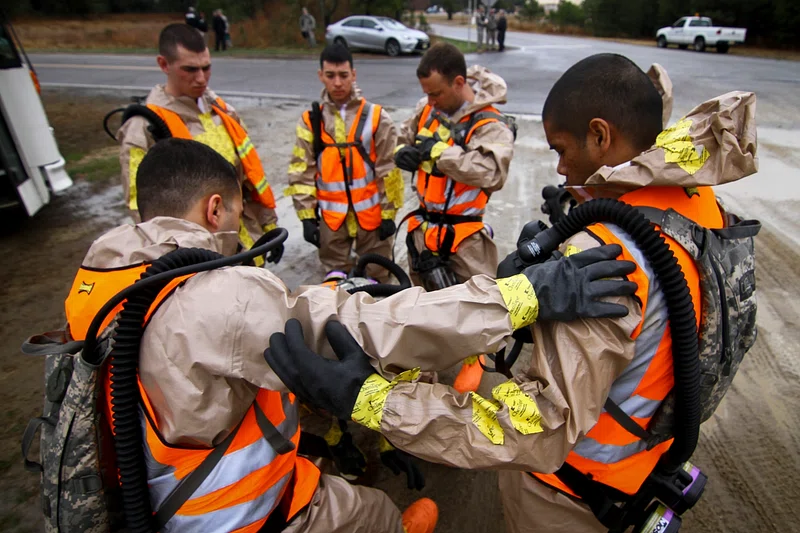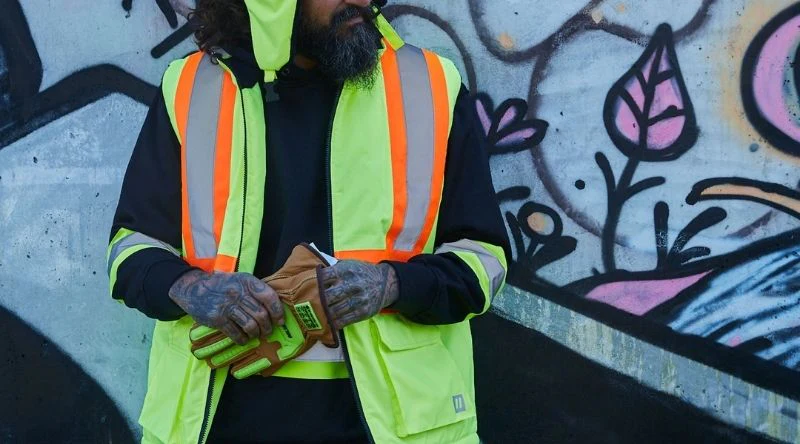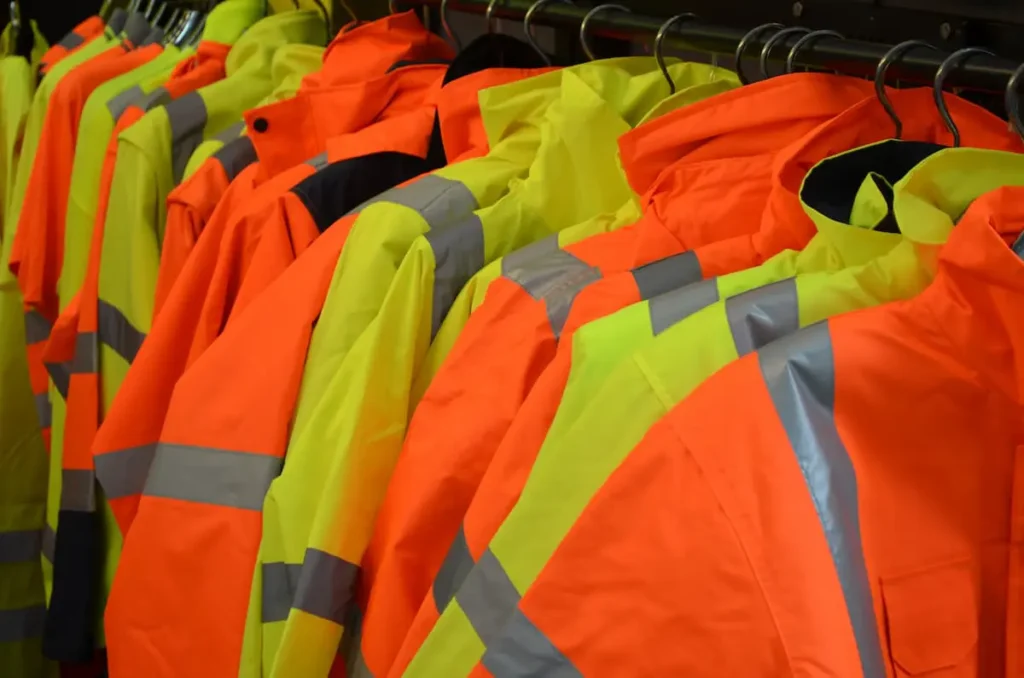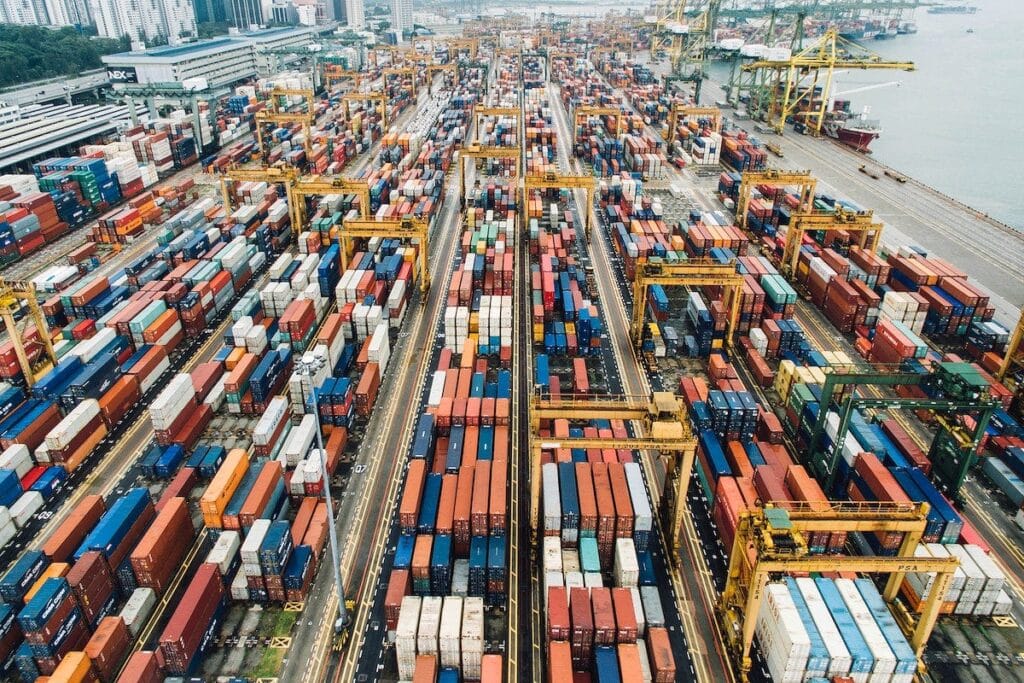
I’ve been in sourcing meetings where everyone’s excited—prices are good, samples look great—and then someone asks, “Do we have the certificates?”
That’s the moment the room goes quiet.
I’ve seen buyers lose an entire selling season because a certificate was expired or the test report came from a lab that wasn’t recognized in the target market. In one case, a shipment of safety boots sat in a European port for six weeks because the CE declaration was missing a single page. The freight costs alone erased the deal’s profit.
By 2025, compliance isn’t just a checklist—it’s a strategic advantage. The fastest-moving buyers have compliance locked down from day one, so they breeze through audits, win tenders, and get priority treatment in customs.
This guide will give you a clear roadmap for managing PPE certification: what you need, where buyers get stuck, and how to build a system that keeps you ahead.
To pass PPE audits without delays, match each product to required standards for your target market (CE, ANSI, ISO, CSA, etc.), verify certificates with issuing bodies, and track expiry dates. Use digital compliance databases, conduct pre-shipment audits, and maintain backup documentation to avoid customs or tender delays.
Why PPE Certification & Compliance Matter
1. Regulatory Requirements by Market
Every market has its own standards—and sometimes, you need to meet more than one.
- Example: A helmet sold in the EU must pass EN 397, but the same helmet in the US needs ANSI Z89.1 certification. Selling without the correct mark can lead to seizure and fines.
- Data Point: EU customs blocked €3.5B in goods in 2024 over non-compliance, including PPE.
- Buyer Impact: Wrong certification = zero market entry.
2. Tender Qualification
Government and corporate tenders increasingly demand proof of compliance before you even get to the bidding stage.
- Example: A UAE infrastructure tender required both EN and ANSI certification for safety harnesses, to accommodate international contractors.
- Buyer Impact: Dual certification can open global tender eligibility.
3. Brand Reputation
A compliance scandal can follow you for years.
- Example: A Canadian importer’s gloves were found with falsified CE marks from a subcontractor. The brand lost major retail partners within weeks.
- Buyer Impact: Trust takes years to build and seconds to lose.
4. Avoiding Shipment Delays
Customs doesn’t care about your delivery deadline.
- Example: A South African buyer’s 40,000 high-vis jackets were held 28 days because the supplier’s Declaration of Conformity lacked the manufacturer’s full address.
- Buyer Impact: A missing line in paperwork can cost entire contracts.
Global PPE Standards Overview
| Category | EU Standard | US Standard | Canada | Other Notable Standards |
|---|---|---|---|---|
| Safety Footwear | EN ISO 20345 | ASTM F2413 | CSA Z195 | AS/NZS 2210.3 |
| Gloves – Mechanical | EN 388 | ANSI/ISEA 105 | CSA Z94.4 | ISO 13997 |
| High-Vis Clothing | EN ISO 20471 | ANSI/ISEA 107 | CSA Z96 | AS/NZS 4602.1 |
| Eye Protection | EN 166 | ANSI Z87.1 | CSA Z94.3 | AS/NZS 1337.1 |
| Respiratory PPE | EN 149 | NIOSH 42 CFR Part 84 | CSA Z94.4 | AS/NZS 1716 |
| Fall Protection | EN 361, EN 358 | ANSI Z359 | CSA Z259 | AS/NZS 1891 |
Compliance Process Optimization
-
Pre-Certification Mapping
Before placing an order, map each SKU to the standard(s) required in its destination market. -
Supplier Vetting
Work only with suppliers whose factories are certified by recognized bodies—and verify with the issuing authority. -
Batch Testing
For high-risk categories, arrange pre-shipment lab testing for every batch. -
Centralized Documentation
Store all certificates, test reports, and declarations in a searchable digital database. -
Audit Simulations
Run mock audits internally to find and fix documentation gaps before the real thing.
Cost & Delay Impact Model
Example: 10,000 pairs of safety gloves, $3.50 FOB each
| Scenario | Impact | Cost |
|---|---|---|
| Missing Certificate | Shipment delay: 3 weeks | $12,000 lost sales |
| Expired Certificate | Retesting required | $1,800 lab fees + delay |
| Unrecognized Lab Report | Re-certification in target market | $3,000–$5,000 |
| Fully Compliant | On-time delivery | $0 delay cost |
Risks & Opportunities
| Risk | Mitigation | Opportunity |
|---|---|---|
| Supplier Falsifies Certificates | Verify directly with issuing body | Build long-term trust with vetted suppliers |
| Certificate Expiry Mid-Contract | Track expiry dates in procurement system | Use as leverage for early renewal discounts |
| Conflicting Standards | Design for dual/multi-compliance from the start | Access more markets without redesign |
| Audit Failure | Conduct quarterly internal checks | Advertise audit pass rate in marketing/tenders |
Common Compliance Mistakes
- Relying on Supplier PDF Files – Always verify with the issuing body.
- Not Tracking Expiry Dates – Certificates can expire mid-shipment.
- Assuming One Market Equals All – Standards differ even between similar regions.
- Skipping Batch Testing – Variations in production can lead to failed audits later.
Cost-Benefit Snapshot
| Benefit | Annual Gain | Example |
|---|---|---|
| Reduced Customs Delays | $20,000–$50,000 | Faster clearance |
| Tender Eligibility Expansion | Indirect but large | More bids entered |
| Lower Legal Risk | Avoids six-figure fines | Safer operations |
| Supplier Reliability | Harder to measure | Fewer production surprises |
Extended Buyer FAQ
Q1: Can I reuse certificates from similar products?
A: Only if they are identical in materials, design, and production process.
Q2: How do I know if a lab is recognized?
A: Check accreditation with ISO/IEC 17025 or relevant market authority.
Q3: Should I pay for my own testing if the supplier has a certificate?
A: For high-risk PPE, yes—especially for critical contracts.
Q4: How long does new certification take?
A: 4–12 weeks depending on standard, product complexity, and lab capacity.
Procurement Checklist
- [ ] Identify target market standards for every SKU
- [ ] Verify all certificates with issuing authorities
- [ ] Track expiries with automated reminders
- [ ] Require pre-shipment batch testing for critical PPE
- [ ] Store all documents in a central, searchable system
- [ ] Run mock audits quarterly
Conclusion
PPE compliance can be a roadblock—or a competitive edge. Buyers who treat it as a core process, not an afterthought, win more contracts, ship faster, and protect their brand’s reputation. In 2025, the best buyers aren’t just meeting standards—they’re using them to outpace the competition.
📩 Need PPE compliance and audit preparation strategies?
Email: [email protected]
🌐 www.workwearsolutions.net
Zion Zhang
Recent Posts
 2025 African Construction PPE Market: Fast-Moving Products & Buyer Tips2025年8月12日When I visited a construction supply market in Nairobi last […]
2025 African Construction PPE Market: Fast-Moving Products & Buyer Tips2025年8月12日When I visited a construction supply market in Nairobi last […] 2025 Middle East Oil & Gas PPE Market Opportunities: A Buyer’s Guide2025年8月12日The first time I toured a refinery in Abu Dhabi, the heat […]
2025 Middle East Oil & Gas PPE Market Opportunities: A Buyer’s Guide2025年8月12日The first time I toured a refinery in Abu Dhabi, the heat […] 2025 PPE Hot-Selling Categories in Central Asia: A Buyer’s Guide2025年8月12日When I first visited Almaty, Kazakhstan, I was surprised at […]
2025 PPE Hot-Selling Categories in Central Asia: A Buyer’s Guide2025年8月12日When I first visited Almaty, Kazakhstan, I was surprised at […] PPE in Extreme Climates: Sourcing for Heat, Cold, and High-Humidity Environments2025年8月12日I’ve walked factory floors in southern China in July where […]
PPE in Extreme Climates: Sourcing for Heat, Cold, and High-Humidity Environments2025年8月12日I’ve walked factory floors in southern China in July where […] Regional Sourcing Shifts: Where PPE Buyers Are Looking in 20252025年8月12日If you’ve been buying PPE for more than a decade, you’ve […]
Regional Sourcing Shifts: Where PPE Buyers Are Looking in 20252025年8月12日If you’ve been buying PPE for more than a decade, you’ve […] Technology in PPE: How Smart Features Are Changing Buyer Expectations2025年8月9日When I first saw a “smart helmet” at an expo in 2018, I […]
Technology in PPE: How Smart Features Are Changing Buyer Expectations2025年8月9日When I first saw a “smart helmet” at an expo in 2018, I […]
CONTACT US
- Feel free to contact us any time. We will get back to you as soon as we can!
- +86-17330061805
